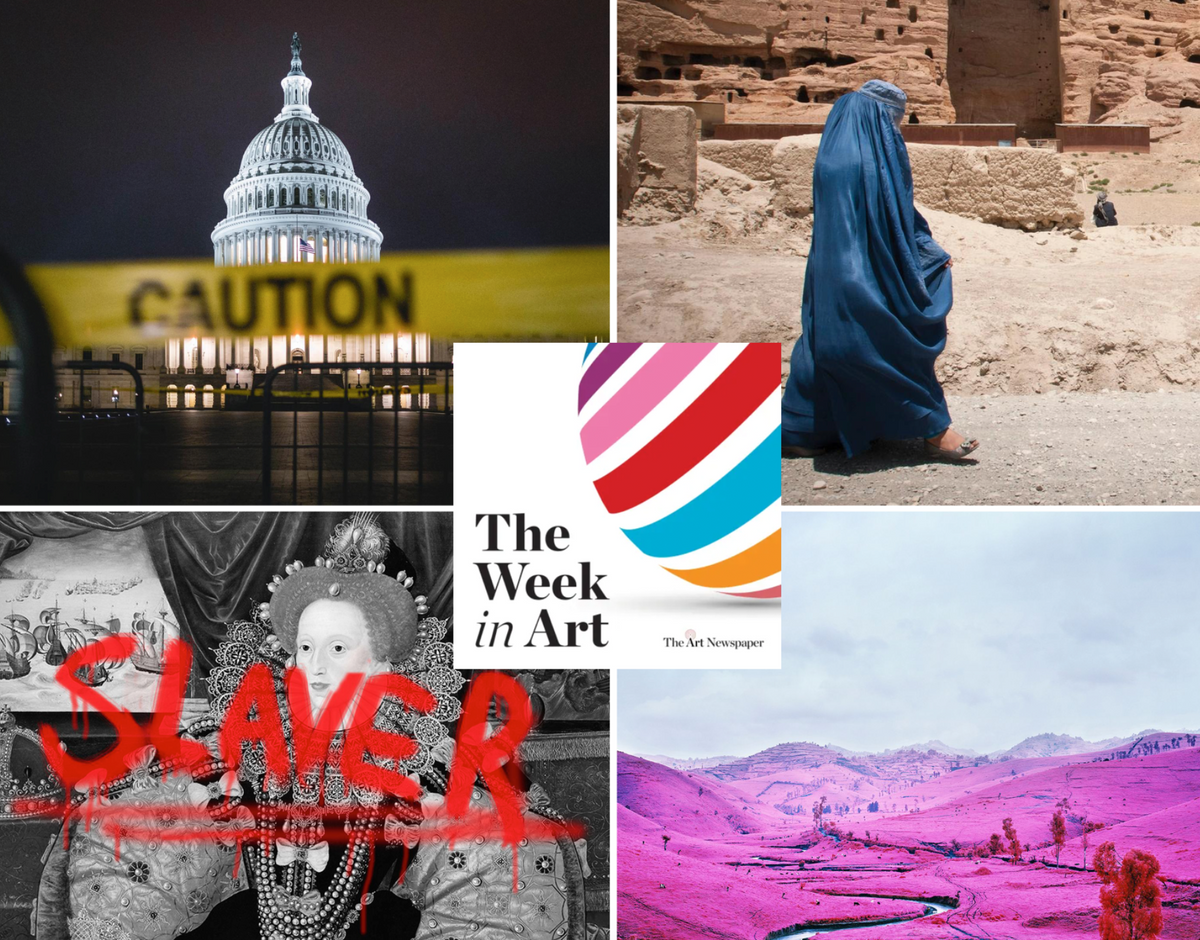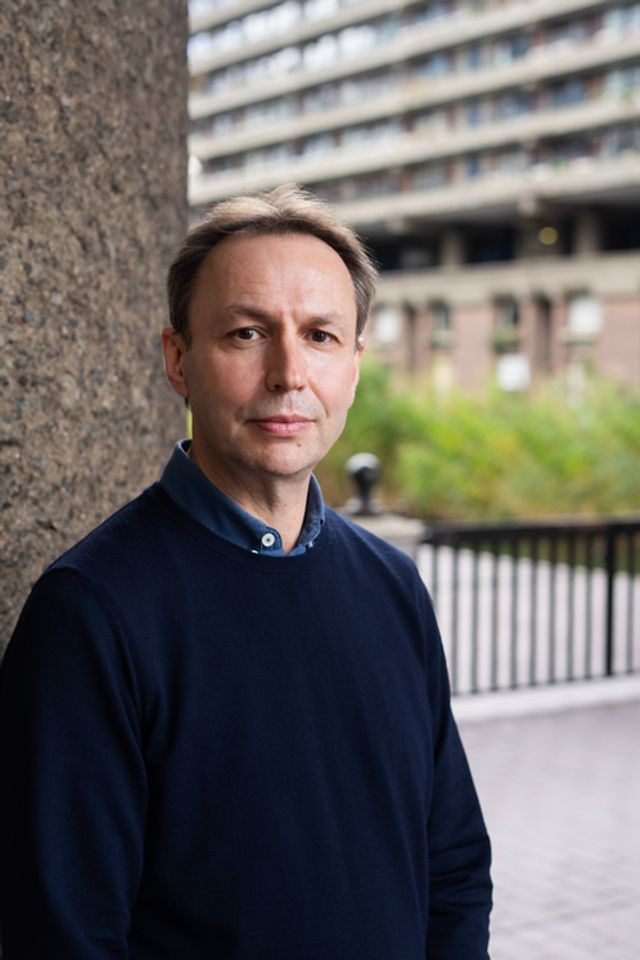With The Week in Art, our topical weekly podcast, we aim to match the raison d’être of The Art Newspaper and be the art world’s audio journal of record. Our sister podcast and column, A brush with..., exploring artists’ influences and formative cultural experiences, is also implicitly and unavoidably concerned with the social and political conditions in which they create.
Our hope with The Week in Art is to find ways to reflect on how the big geopolitical developments affect different realms of art and heritage. And looking back across 2021, the breadth of seismic moments affecting the cultural sphere is striking.
The year began with shocking events in the Capitol in Washington, DC, on 6 January. That day, I was recording an interview for A brush with... with the Los Angeles-based conceptual artist Charles Gaines. Asked about what he listens to as he works, Gaines—a current affairs junkie—told me that his studio soundtrack is MSNBC and CNN news. “With the craziness that’s going on here right now in the US,” he said, “you might wonder how I get any work done.”
Even as we spoke, things had got a lot crazier. Among the most chilling images to emerge from that day were those featuring thugs carrying Confederate flags and other white supremacist imagery within the Capitol building. On The Week in Art, we explored how white supremacists had in fact been inside the Capitol for decades, in the form of a dozen or so Confederate leaders represented among the 100 statues there. Sarah Beetham, a specialist in historic statuary, brilliantly guided us through these works and their meaning today, as America’s very democracy was threatened.
Beetham was the first of numerous guests who took us through the year’s—and the epoch’s—big events. Sarover Zaidi, a professor of architecture at the Jindal University in Delhi, reflected on nationalism and the Indian government’s approach to heritage. Valika Smeulders, the head of history at the Rijksmuseum, talked about the museum’s groundbreaking Slavery exhibition. Melissa Chiovenda, an assistant professor of anthropology at Zayed University in Abu Dhabi, discussed the effects of the US and allied countries’ withdrawal from Afghanistan in the context of the Hazara people, who live close to the niches in which the sixth-century Bamiyan Buddhas—destroyed by the Taliban in 2001—once stood. And The Art Newspaper’s Cristina Ruiz and QC Sir Geoffrey Nice spoke about the Uyghur Tribunal investigating human rights abuses against Muslim people and heritage destruction in Xinjiang, China.
Whatever else is happening, the podcast’s Work of the Week segment pauses to look at art. This, too, has a quietly political significance; I hope that the pieces we’ve talked about, by artists as diverse as Gossaert, Fragonard and Samella Lewis, help to reinforce the centrality of visual culture to human life, and why it is vital that The Week in Art, and all The Art Newspaper’s incarnations, shed light on art as one of the most potent lenses through which to view the world, as well as champion culture’s power to effect change.



